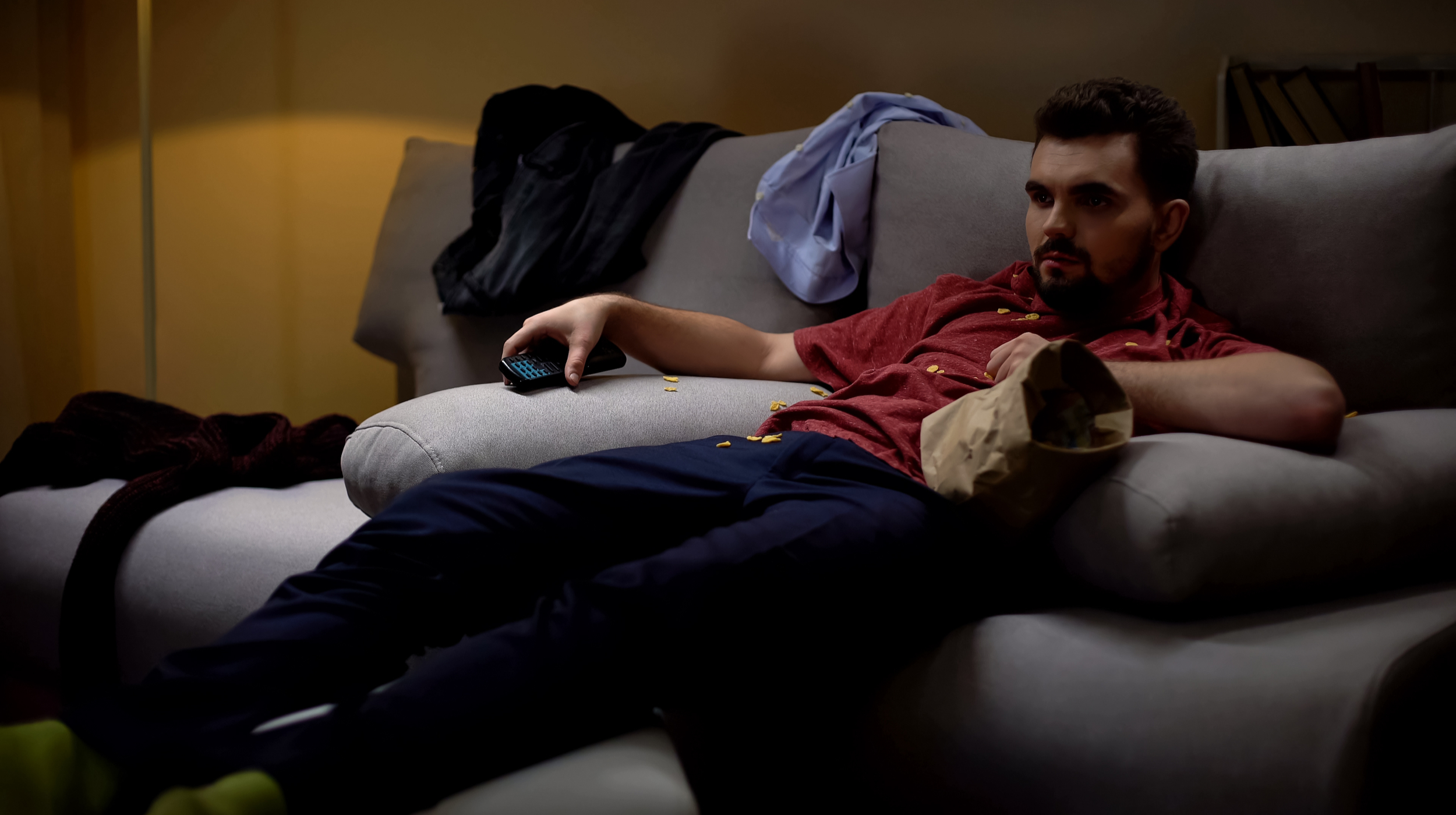Is Inactivity the Leading Cause of Chronic Pain?
Jun 14, 2021 mindpumpThe short answer is yes. If you don’t use it, you lose it.
Chronic pain has become this long standing issue we all just learn to live with. Older generations will tell you it’s just part of getting old. This couldn’t be farther from the truth. If you are proactive about keeping your body mobile, and muscles constantly moving through a full range of motion, then you shouldn’t be experiencing any chronic pain.
Chronic vs Acute
Acute pain is something treated immediately. That would be like falling and hurting your hip, or banging your elbow. Chronic pain persists over time. 1 in 5 Americans say they have chronic pain. You should not be in pain doing normal everyday things.
When you experience chronic pain your body is just giving you information. Rarely ever is the location of the pain, the root of the problem. It’s usually the body overcompensating using that area, hence the pain.
How Inactivity Leads to Chronic Pain
If we know the pain is an overcompensation then we have to wonder two things:
What is it overcompensating for?
Why did it happen?
The answer to the first is usually an area above or below it. For instance, if you have low back pain, chances are high that it’s a hip issue causing it. Your low back is a stabilization area. It’s meant to hold up your body. Your hips are designed to move through a full range, and take on extra load (think squats) without issues. If you are adding extra load to your hips, and it can’t take the extra load it has to share that load elsewhere. This usually means it passes it on to the low back (which again, isn’t meant for taking on excessive loads).
This leads us to the answer to the second question. Why is the extra load being passed to the low back? Because your inability to fire muscles in the hip (glutes, hamstrings) made it inefficient and absorbed as much of the load. Your body didn’t want to risk injury, pushing muscles it never uses to a point it’s never been taught before. It may be your posture or movement pattern being placed in a way that forces the load to be sent to the low back instead.
This can happen without external load as well. Your upper half of your body is still weight. And if you are hunched over, rounding your low back, or just not moving properly, your bottom half isn’t going to function the way it needs to. End result? Your low back is overactive, and your glutes are underactive.
The Solution
Identify the root – As mentioned before, look for areas that should be more mobile. It may be the ankles, hips, or shoulder joint. Low back pain is usually an issue in the hip, and a core stability issue. Figure out where you lack mobility and address it!
Prioritize Movements – Pick a couple mobility exercises to increase range of motion in the hips, ankles, or thoracic region and focus on those. Your overall goal is to address the weakest points first.
Regain Connection to the Muscle – By practicing these movements you are regrooving neural pathways to get these dormant muscles to fire again. You may also be taking muscles that are overactive (like the hip flexors) and getting them to be less active.
Frequency – Practice these daily! Multiple times a day! The more you practice them the better you’ll get and fix your bad movement patterns. Don’t stop once you get better either. It’s like maintaining a car. Be proactive about routine maintenance vs waiting for the problem to get worse!







